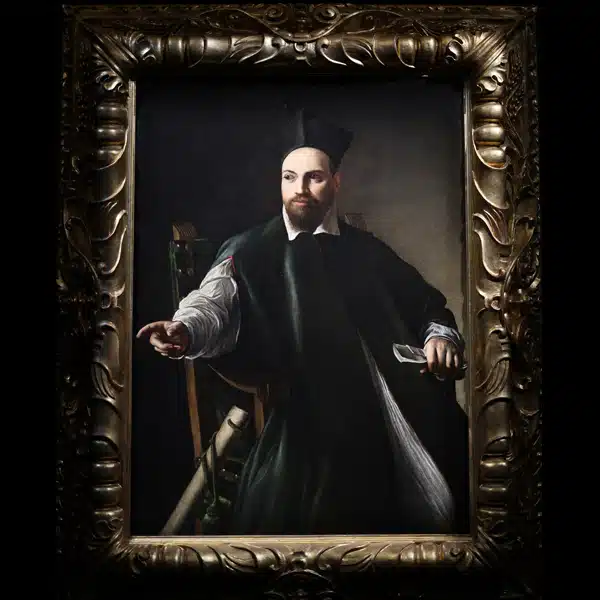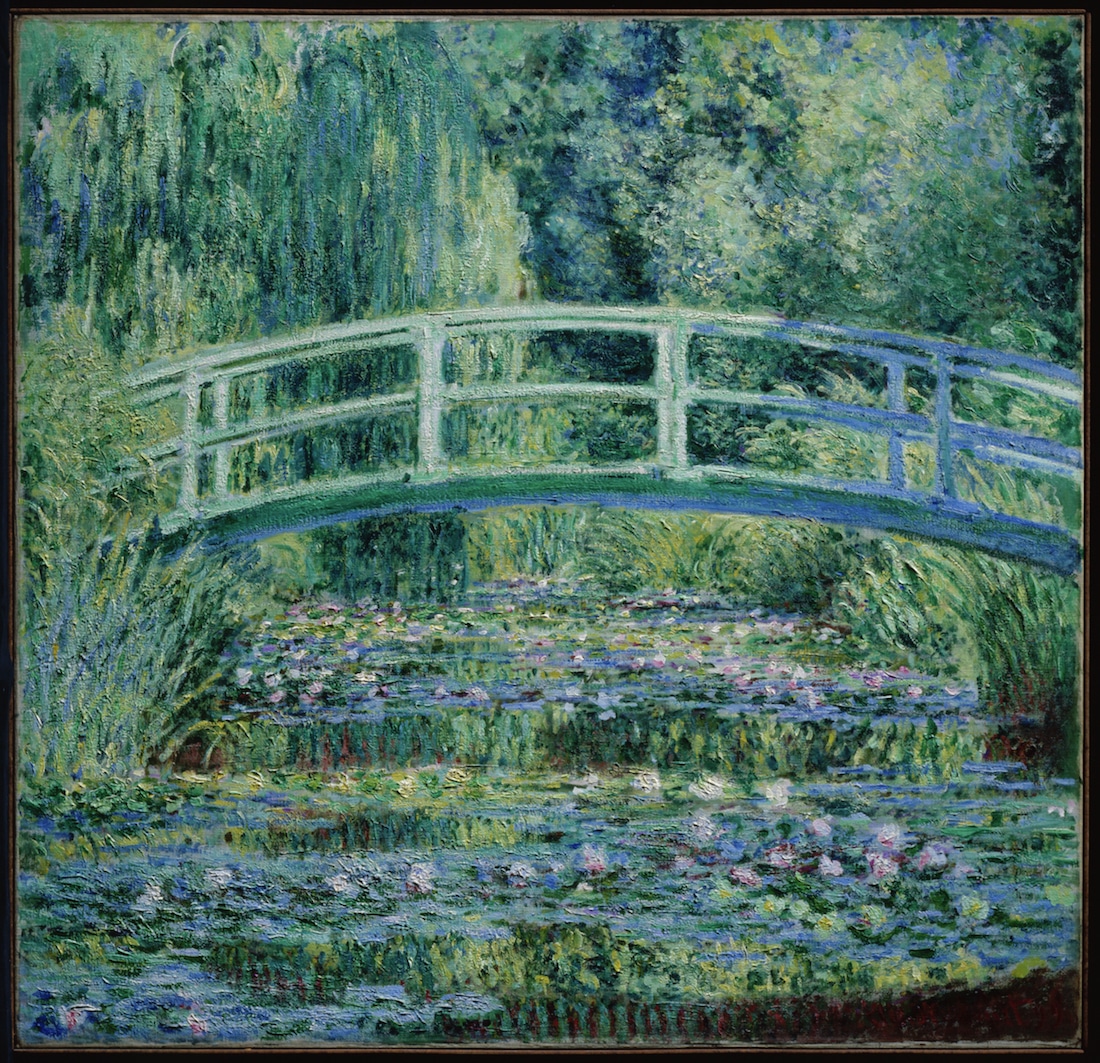
Claude Monet, “Waterlilies and Japanese Bridge,” 1899. Oil on canvas; 35-5/8 x 35-5/16 in (90.5 x 89.7 cm). Princeton University Art Museum: From the Collection of William Church Osborn, Class of 1883, trustee of Princeton University (1914-1951), president of the Metropolitan Museum of Art (1941- 1947); given by his family, y1972-15. Photo Credit: Princeton University Art Museum/Art Resource, NY.
As a pioneer of Impressionism, Claude Monet remains one of art history's most beloved figures. With an oeuvre comprising over 2,500 works, his work is prominently featured in myriad museums around the world. Though prolific and popular, his paintings seldom star in large-scale exhibitions, making Claude Monet: The Truth of Nature, an upcoming exhibition at the Denver Art Museum, a particularly special occasion.
Featuring an astounding 120 works, Claude Monet: The Truth of Nature marks the largest Monet exhibition in 20 years. Intended to emphasize Monet's lifelong love of the natural world, this spectacle explores the artist's unique “response to the varied and distinct places in which he worked,” which he regularly chronicled on canvas—and which is evident in each and every painting featured in The Truth of Nature.
In order to amass such a collection (which spans both well-known works like his Water Lilies series and early landscapes, like View from Rouelles, completed when the artist was just 18 years old), curators at the Denver Art Museum and the Museum Barberini, a co-organizer of the show, turned to collections across the globe. In addition to large museums like the Musée d'Orsay and the Met, lenders include the Baltimore Museum of Art, Amsterdam's Stedelijk Museum, and private collectors.
In order to find out more about this groundbreaking show, we recently had the chance to speak to Angelica Daneo, the museum's Chief Curator and the curator of The Truth of Nature. Featuring exclusive input from Christoph Heinrich, the Denver Art Museum's director and co-curator of The Truth of Nature, this interview offers an exclusive introduction to a historic exhibition.

Claude Monet, “The Water-Lily Pond,” about 1918. Oil on canvas; 51-5/8 x 77- 1/2 in (131 x 197 cm). Private collection.
Claude Monet: The Truth of Nature is the most comprehensive Monet exhibition the United States has seen in 20 years. Why do you think such a gap has existed, and what prompted the Denver Art Museum to address it?
Institutions are often presenting exhibitions on Monet, as he is such an important artist if one wants to understand the development of Impressionism during the second half of the 19th century and the transition to a more abstract aesthetic in the early 20th century. Often, exhibitions address a particular moment in the artist’s career or a particular place, but with this exhibition, we had the opportunity to look more comprehensively at Monet’s response to different places throughout his entire artistic career. The directors of our two venues shared a passion for Monet and merging our respective holdings of artworks by this significant artist seemed like a great start to begin exploring a project together.
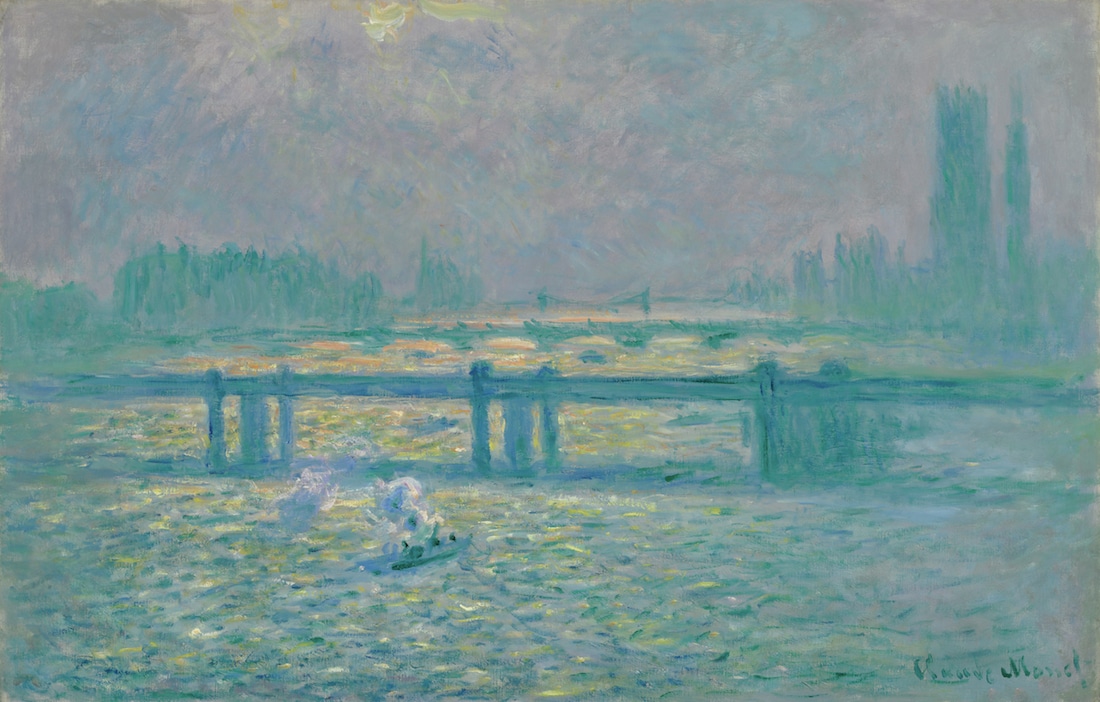
Claude Monet, “Charing Cross Bridge, Reflections on the Thames,” 1899–1904. Oil on canvas; 25 5/8 x 39 1/2 in. (65 x 100 cm). The Baltimore Museum of Art: The Helen and Abram Eisenberg Collection, BMA 1945.94. Photography by Mitro Hood.
In what ways does this exhibition differ from others exploring Monet’s relationship with nature?
We really focused on specific places, not just nature in general. Monet was very intentional in the sites he chose to visit and paint, so we wanted to explore these choices and the responses he gave to the very different light conditions and colors of specific locales.
The pieces are presented in a thematic and chronological arrangement. What are some of the factors that influenced this curatorial choice?
As I mentioned before, the pursuit of different places and the engagement with varied landscapes is something Monet sought very intentionally, to culminate in the creation of his own personal place, Giverny. This purposeful trajectory is even more apparent when one follows his choices through the years and therefore chronological themes around places felt to be the best narrative for our visitors.
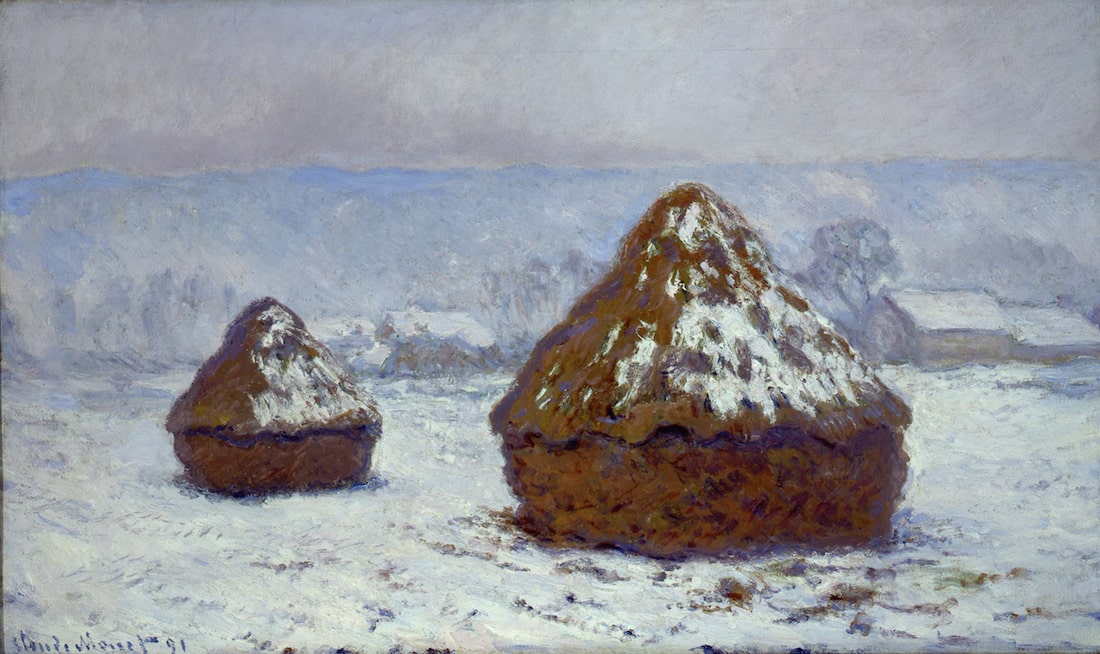
Claude Monet, “Grainstacks, Snow Effect,” 1891. Oil on canvas, 23 x 39 in. (60 x 100 cm). Collection of Shelburne Museum: Gift of Electra Havemeyer Webb Fund, Inc., 1972- 69.1.
How long did this exhibition take to plan?
About three and a half years.
What are the challenges of executing such a large-scale exhibition?
Securing loans in the highly competitive field of Impressionism is always challenging, as these loans are in high demand, and for this reason we are grateful for the support of so many lenders who made this project possible.
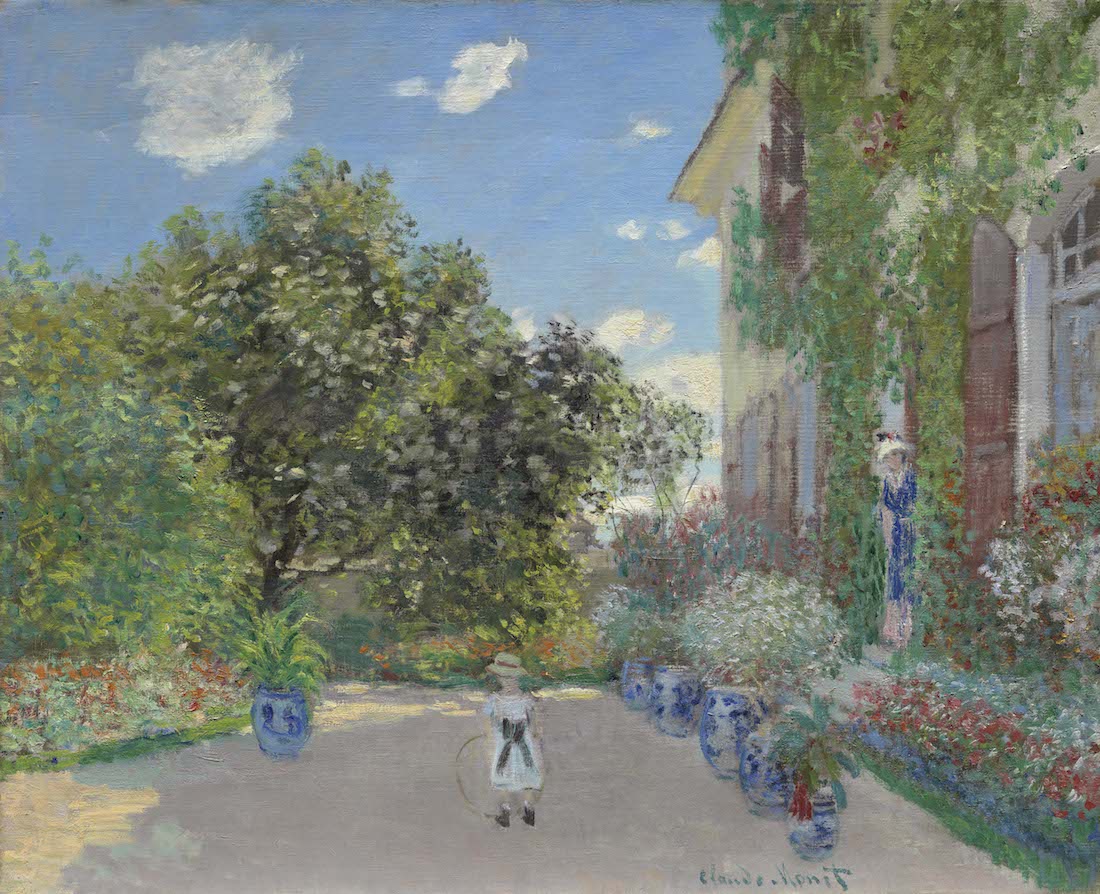
Claude Monet, “The Artist’s House at Argenteuil,” 1873. Oil on canvas; 23- 11/16 x 28-7/8 in. (60.2 x 73.3 cm). The Art Institute of Chicago: Mr. and Mrs. Martin A. Ryerson Collection, 1933.1153. Image courtesy The Art Institute of Chicago under CC0 Public Domain Designation.
What does the Denver Art Museum hope viewers take away from Claude Monet: The Truth of Nature?
We hope our visitors will leave the exhibition feeling a renewed and stronger appreciation for the art of this extraordinary master. Whether you already know Monet or not, his art is featured in every art history book, but reading that an artist is important is different than experiencing it in person, judging with our own eyes and our own emotional reactions. We hope our visitors will leave the exhibition with a personal understanding as to why this artist is still so relevant today.
Explore a selection of paintings featured in Claude Monet: The Truth of Nature.
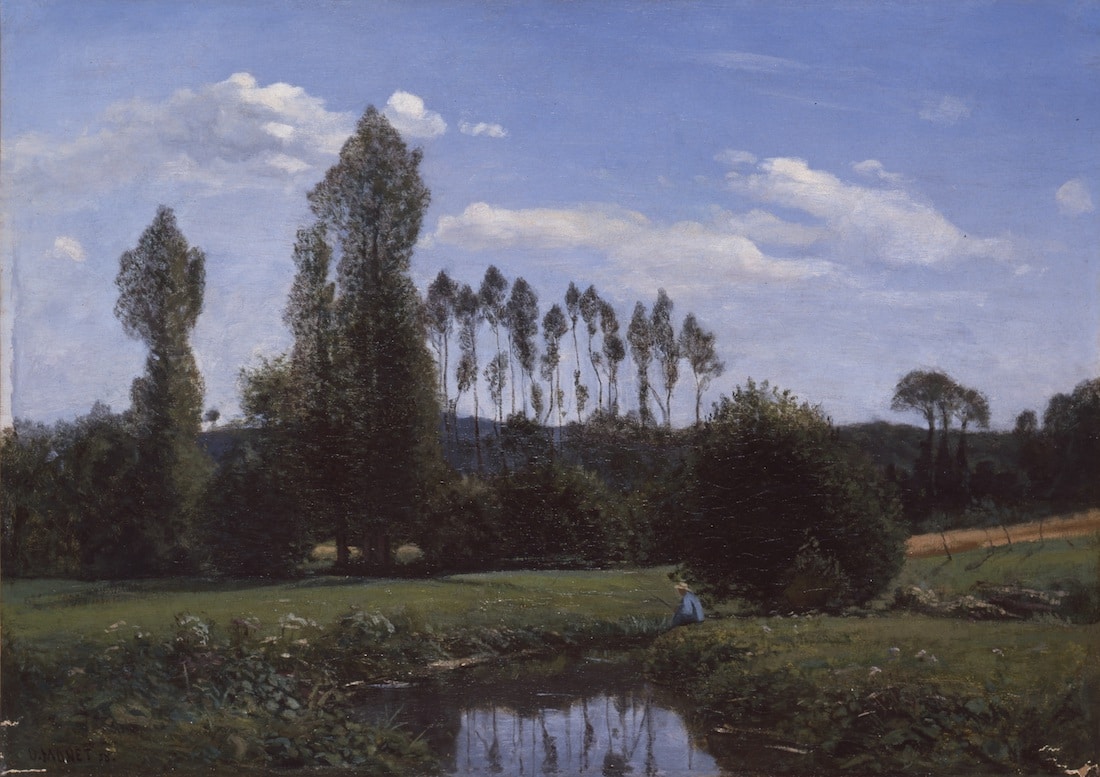
Claude Monet, “View from Rouelles,” 1858. Oil on canvas; 18-1/8 x 25-5/8 in (46 x 65 cm). Marunuma Art Park, Asaka.

Claude Monet, “Windmills near Zaandam,” 1871. Oil on canvas; 153⁄4×283/8 in.(40×72 cm). The Walters Art Museum, Baltimore, 37.894.

Claude Monet, “Boulevard des Capucines,” 1873-1874. Oil on canvas; 31-5/8 x 23-3/4 in. (80.3 x 60.3 cm). The Nelson-Atkins Museum of Art, Kansas City, Missouri. Purchase: the Kenneth A. and Helen F. Spencer Foundation Acquisition Fund, F72-35. Photo courtesy Nelson- Atkins Media Services / Jamison Miller.
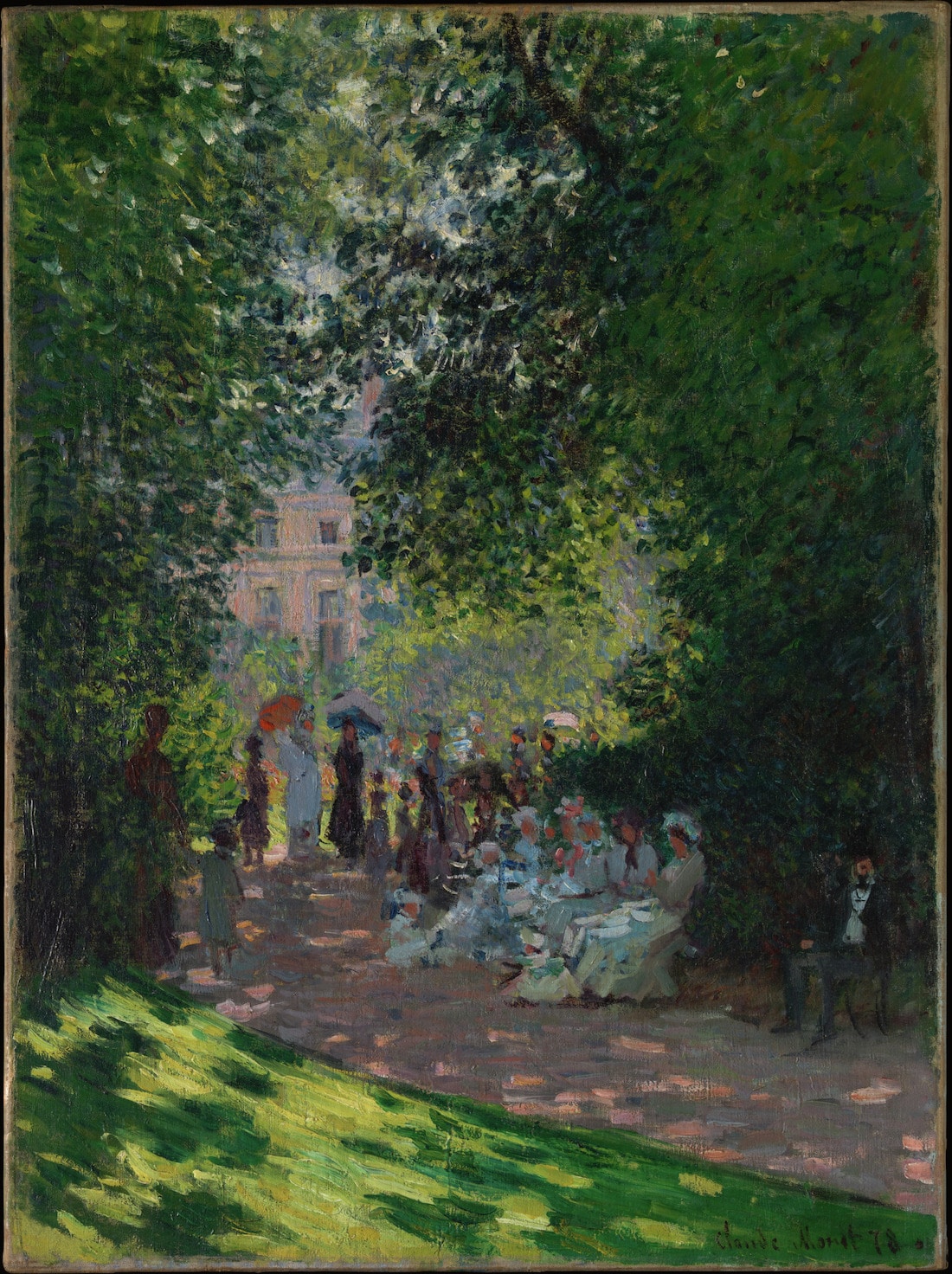
Claude Monet, “The Parc Monceau,” 1878. Oil on canvas; 28-5/8 x 21-3/8 in. The Metropolitan Museum of Art: The Mr. and Mrs. Henry Ittleson Jr. Purchase Fund, 1959, 59.142. Image courtesy The Metropolitan Museum of Art under CC0 Public Domain Designation.
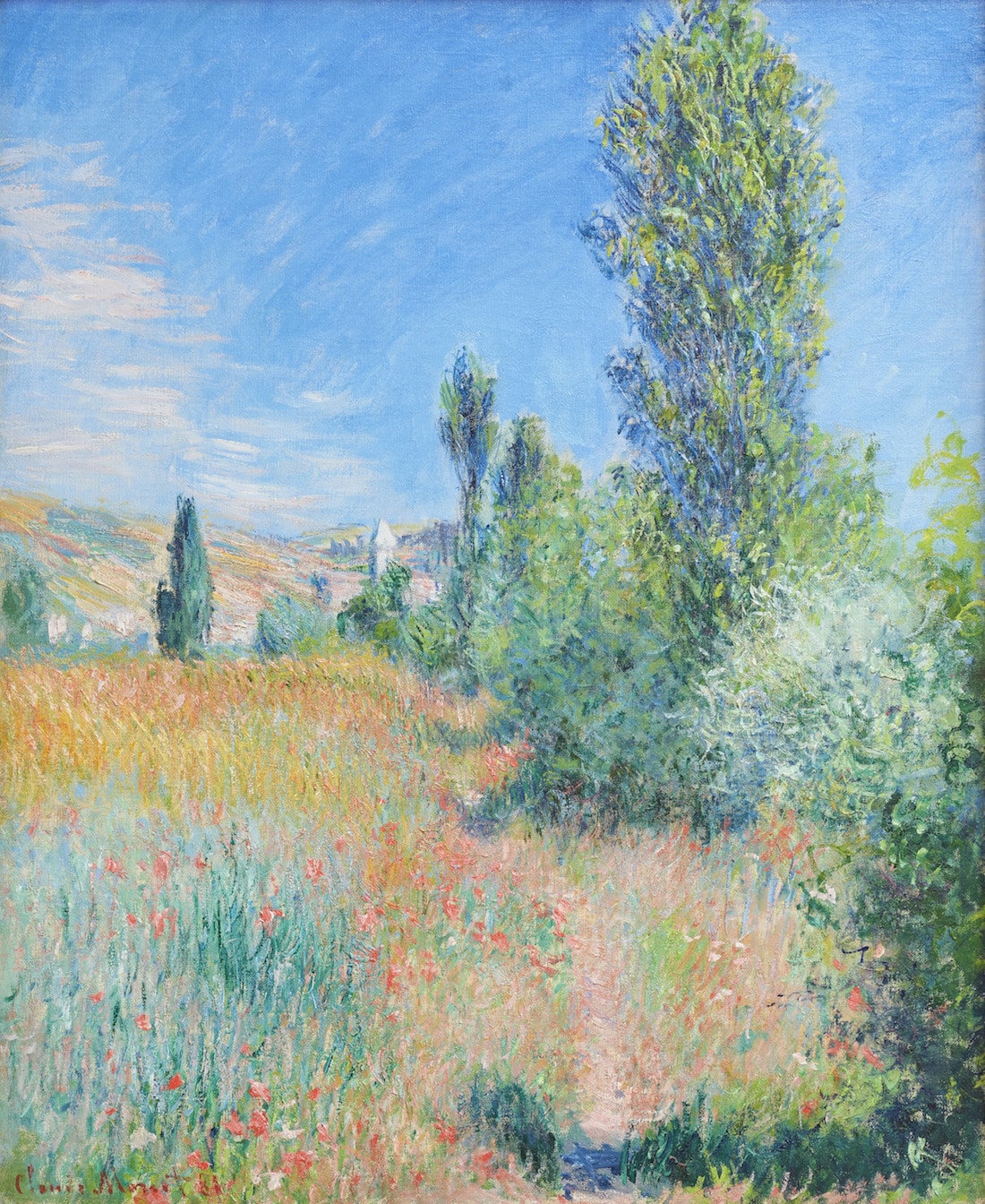
Claude Monet, “Landscape in Île Saint-Martin,” 1881. Oil on canvas; 28-3/4 x 23-5/8 in (73 x 59.7 cm). Private collection.
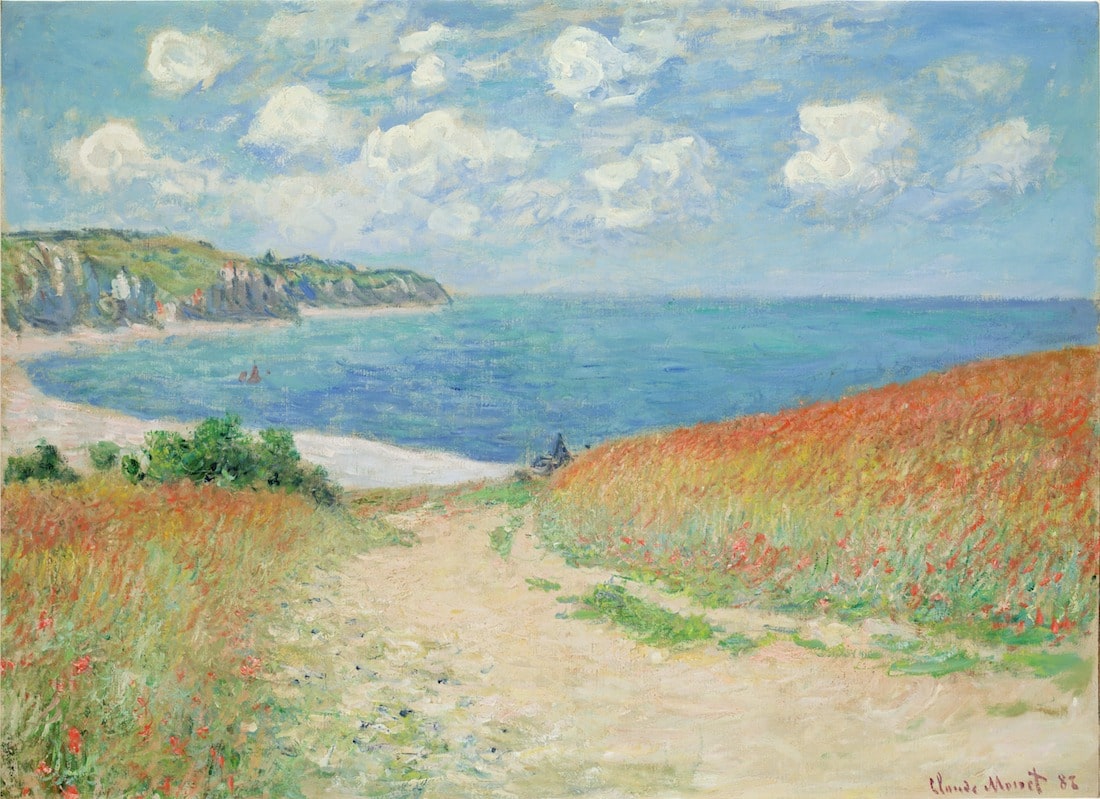
Claude Monet, “Path in the Wheat Fields at Pourville,” 1882. Oil on canvas; 23 x 30-1/2 in (58.4 x 77.5 cm). Frederic C. Hamilton Collection, bequeathed to the Denver Art Museum, 2016.365.
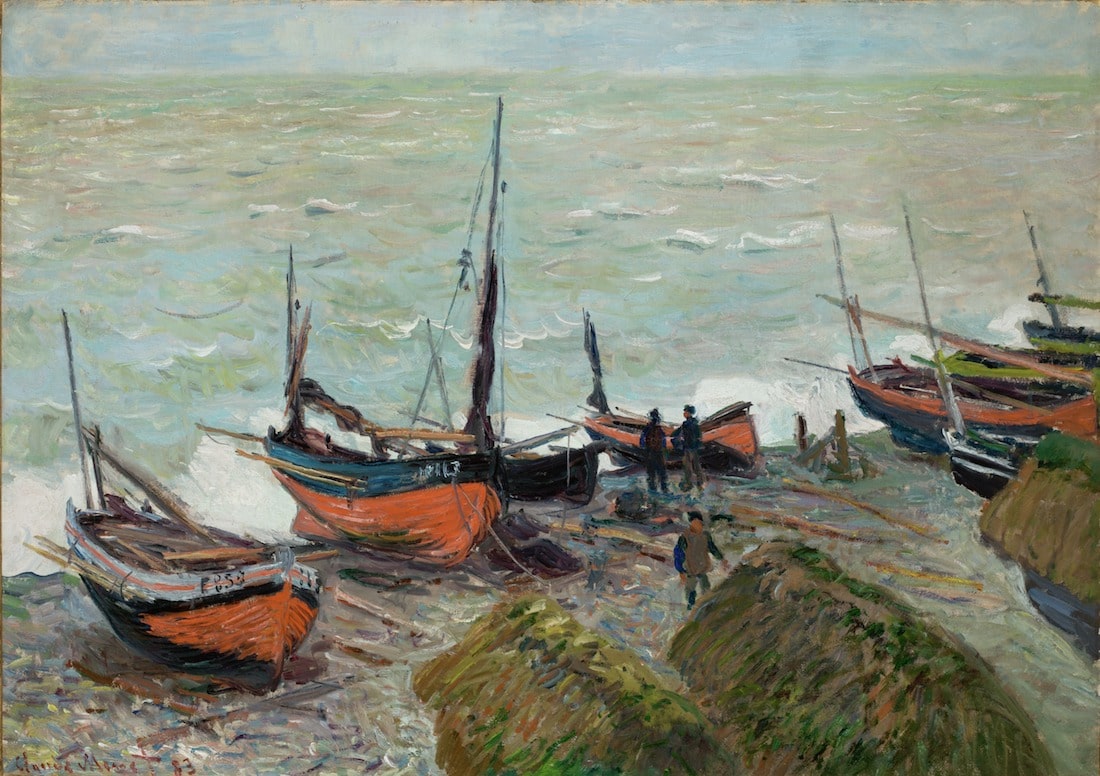
Claude Monet, “Fishing Boats,” 1883. Oil on canvas; 25- 3/4 x 36-1/2 in (65.4 x 92.7 cm). Frederic C. Hamilton Collection, bequeathed to the Denver Art Museum, 37.2017.
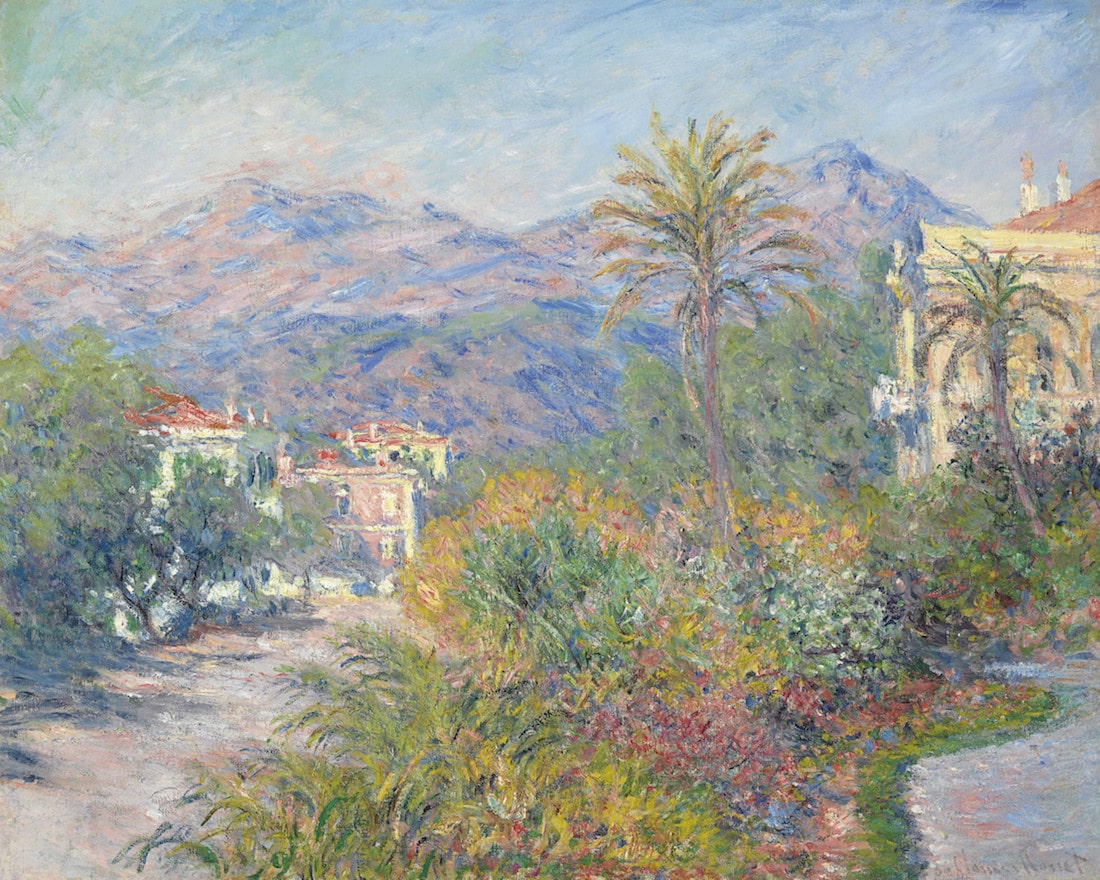
Claude Monet, “The Strada Romana at Bordighera,” 1884. Oil on canvas; 26 x 32- 1/8 in (66 x 81.5 cm). Private collection.
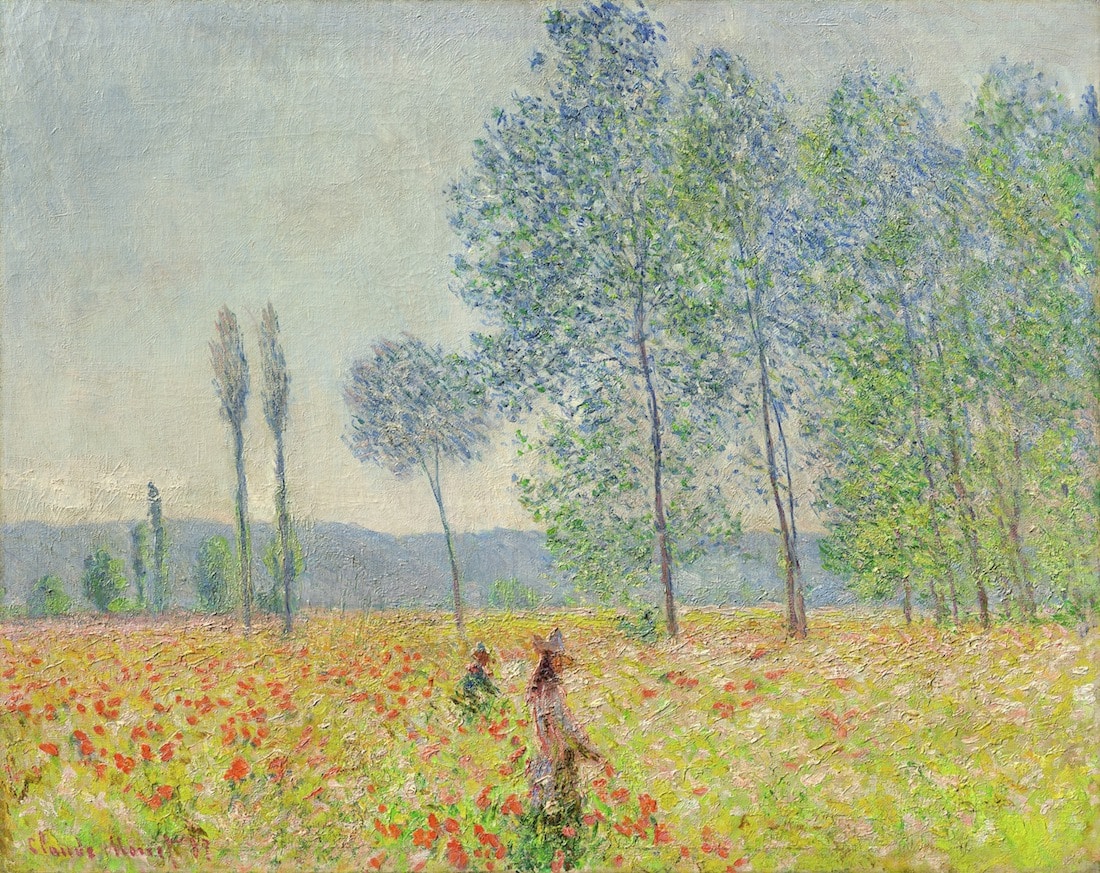
Claude Monet, “Under the Poplars,” 1887. Oil on canvas; 28-3/4 x 36- 1/4in(73×92 cm). Private collection.
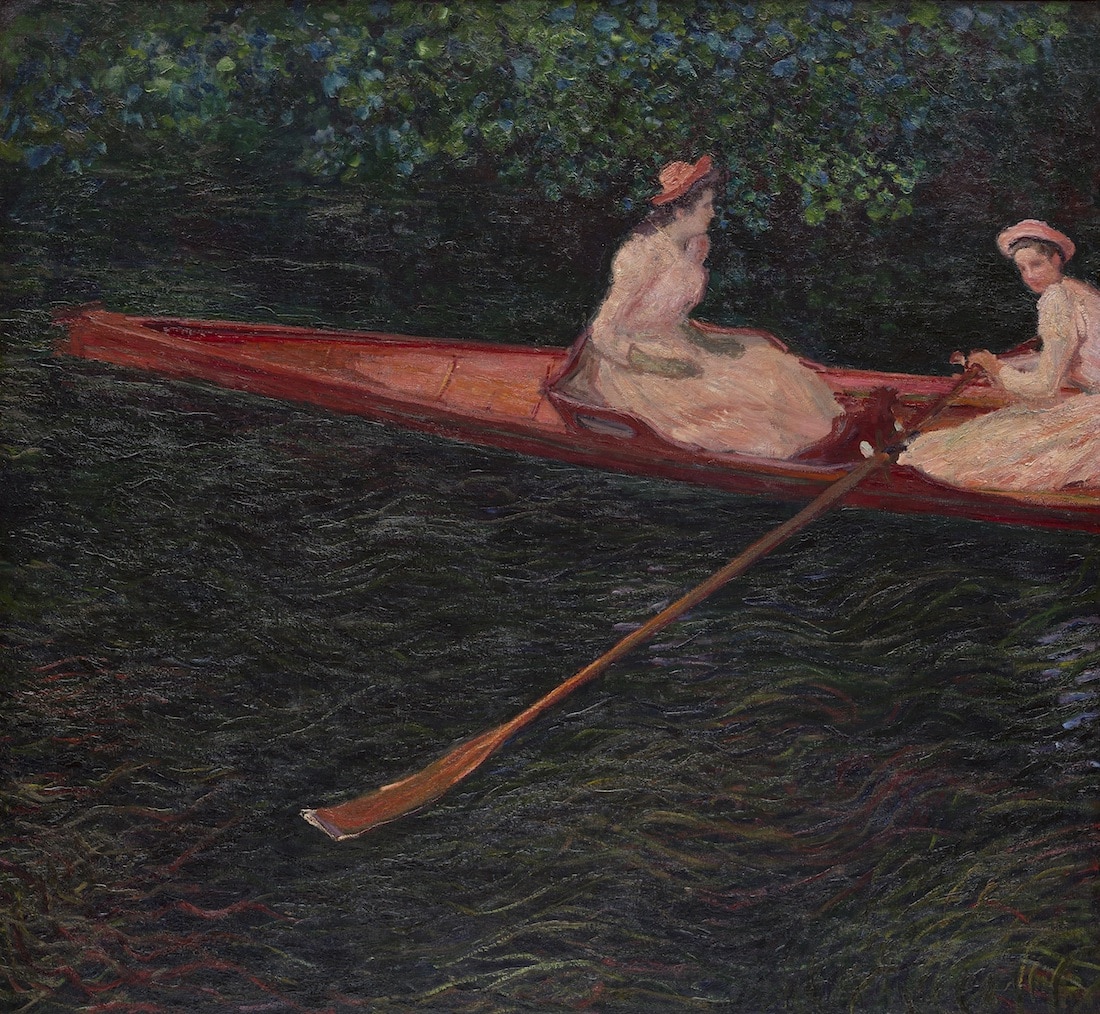
Claude Monet, “The Canoe on the Epte,” about 1890. Oil on canvas; 52-1/2 x 57-1/2 in (133.5 x 146 cm). Collection Museu de Arte de São Paulo Assis Chateaubriand: Purchase, 1953. Inv. MASP.00092. Photo by Eduardo Ortega.
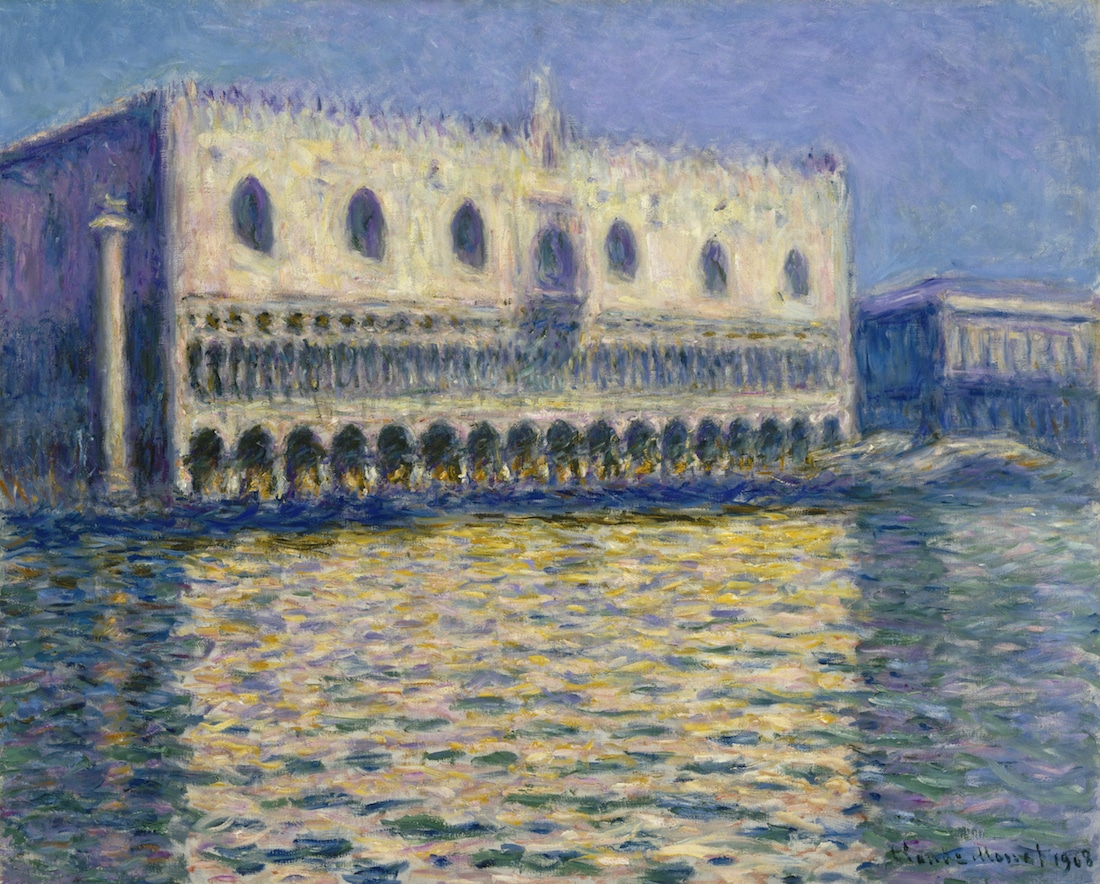
Claude Monet, “The Doge's Palace,” 1908. Oil on canvas, 32 x 39 in. (81.3 x 99.1 cm). Brooklyn Museum: Gift of A. Augustus Healy, 20.634.

Claude Monet, “The House Seen Through the Roses,” 1925-26. Oil on canvas; 26 x 32-1/4 in (66 x 82 cm). Collection Stedelijk Museum, Amsterdam.
Claude Monet: The Truth of Nature is on view at the Denver Art Museum from October 21, 2019 through February 2, 2020 before traveling to the Museum Barberini in the spring.
Denver Art Museum: Website | Facebook | Twitter | Instagram | YouTube
My Modern Met granted permission to feature photos by the Denver Art Museum.
Related Articles:
How This One Painting Sparked the Impressionist Movement
7 Museums With Iconic Architecture Everyone Should Recognize
Amazing Collection of Michelangelo Drawings Is Now in the U.S. For the First Time














































































